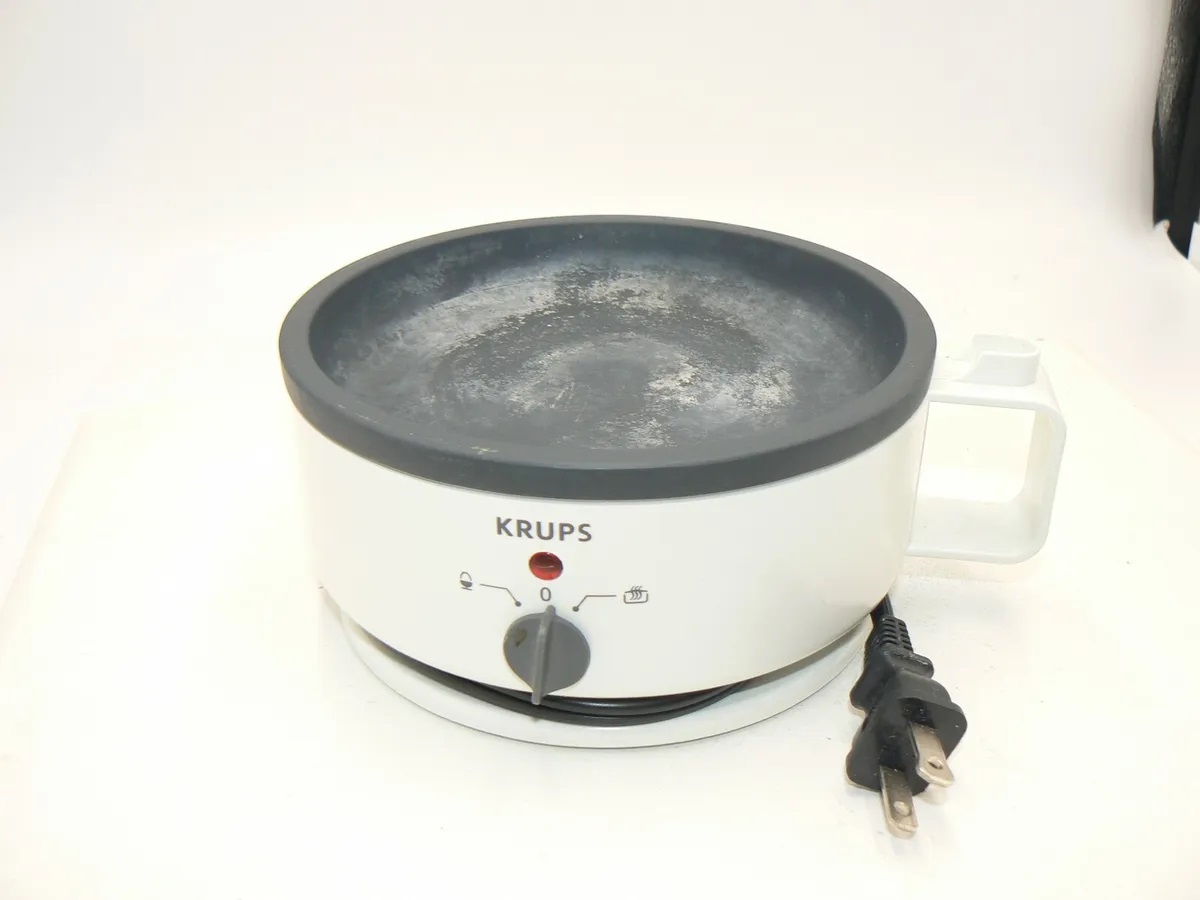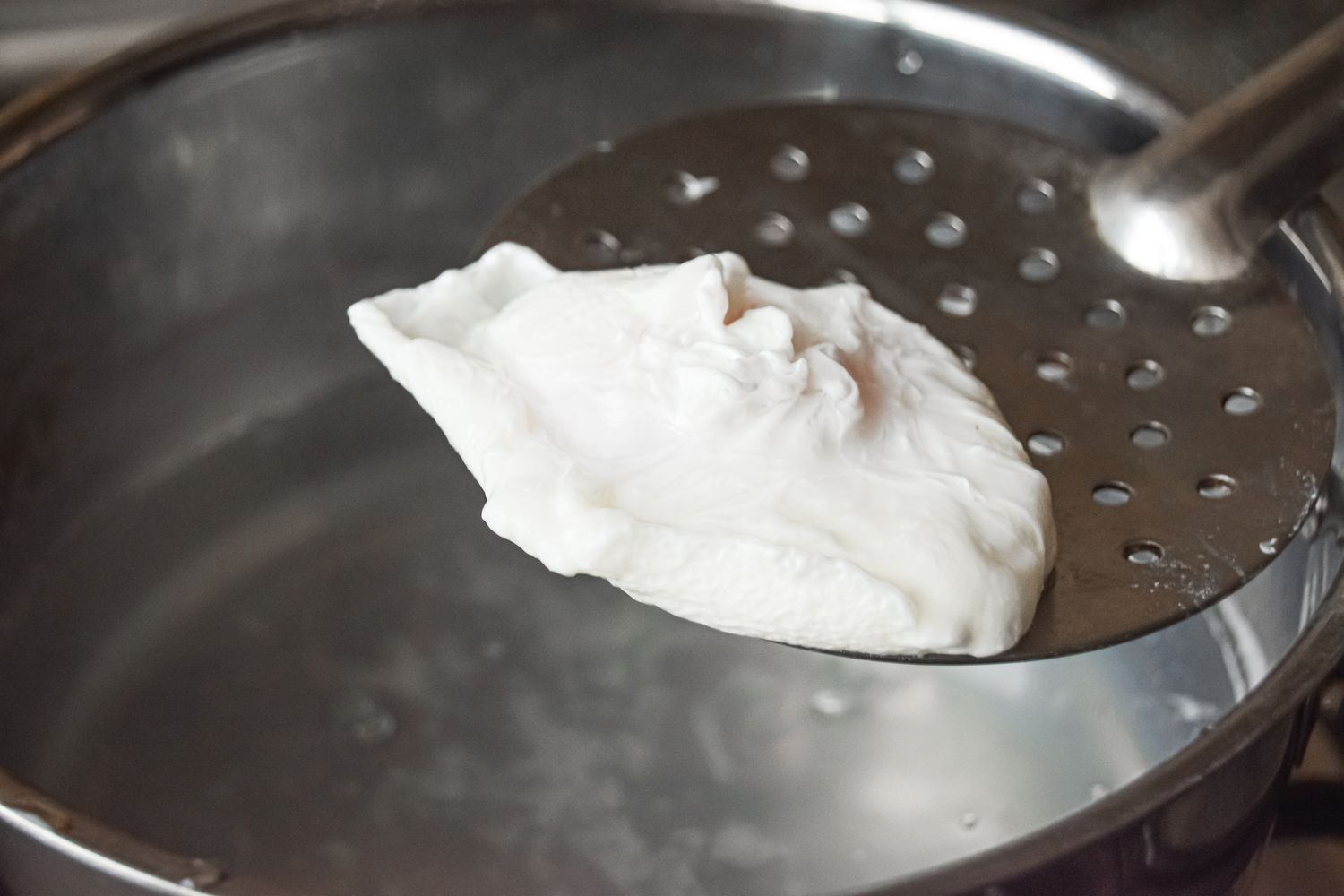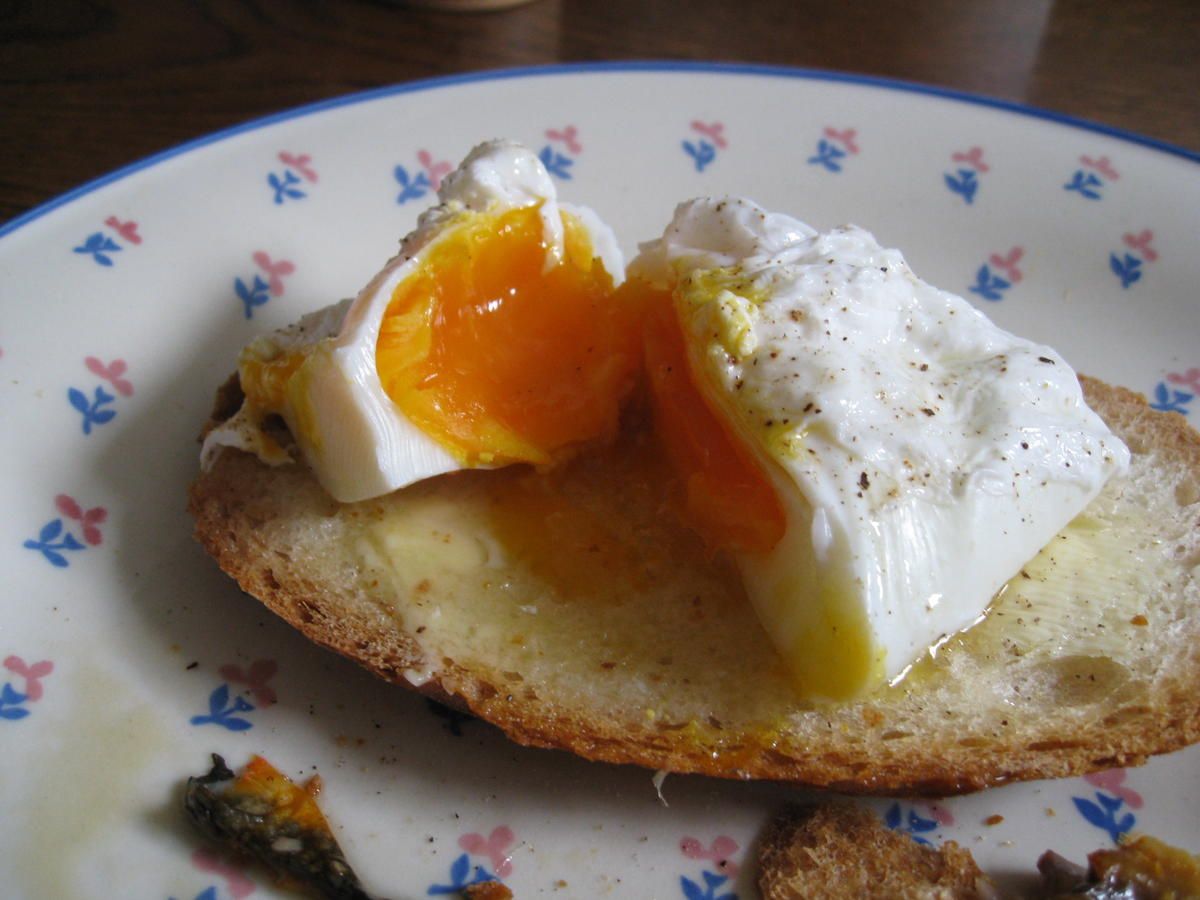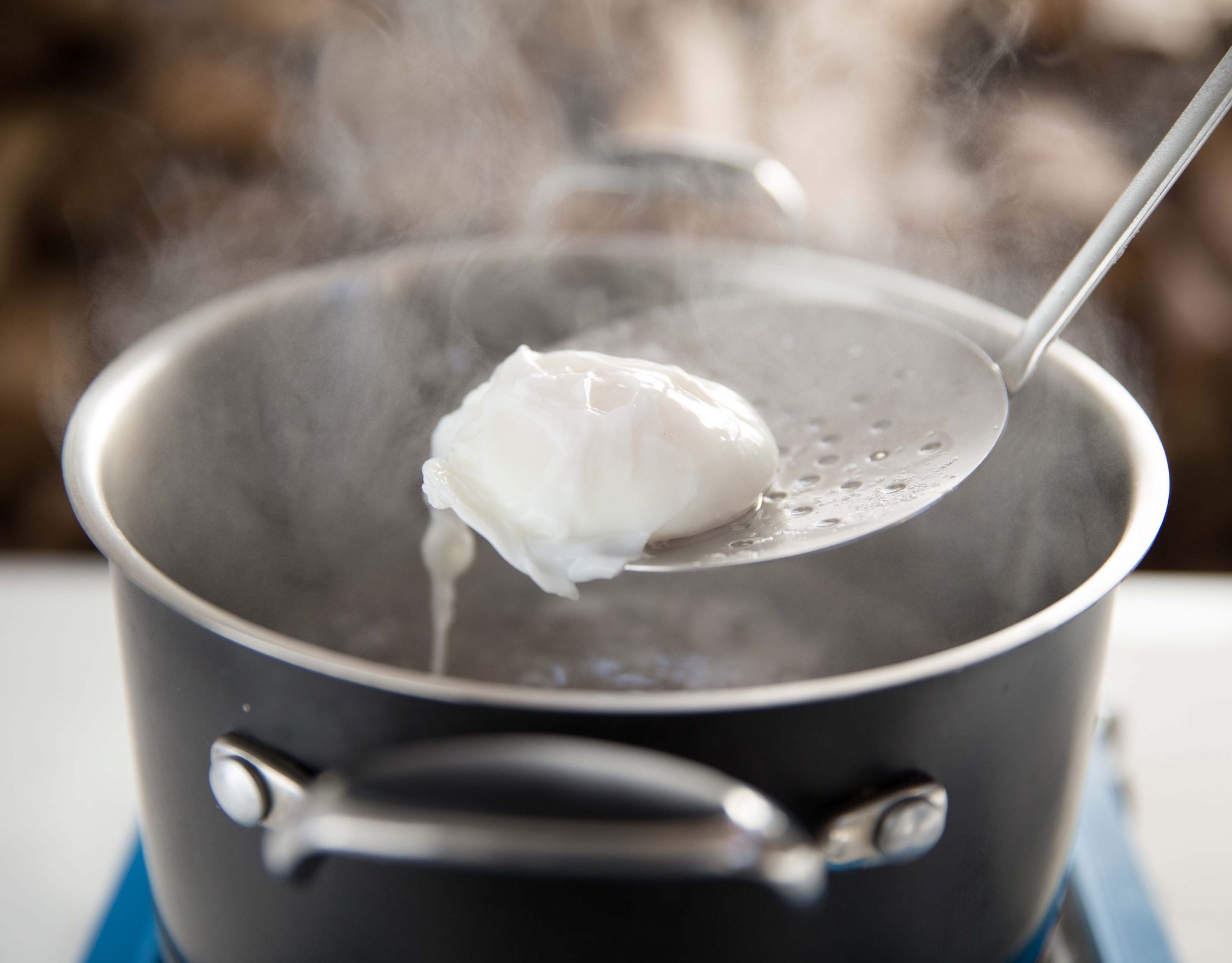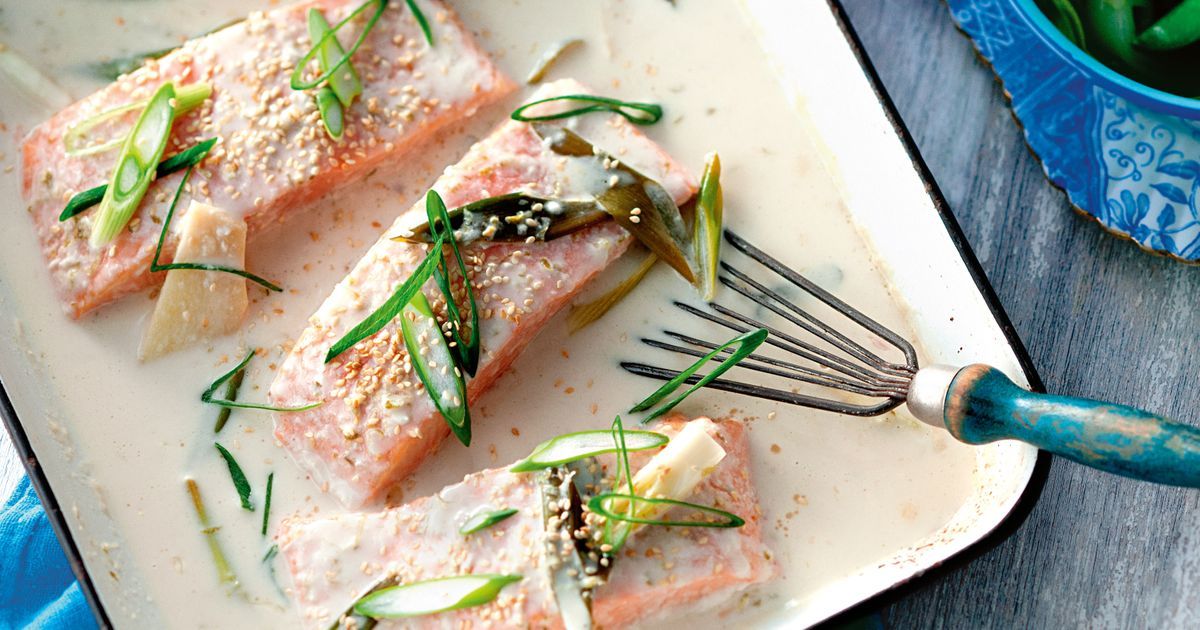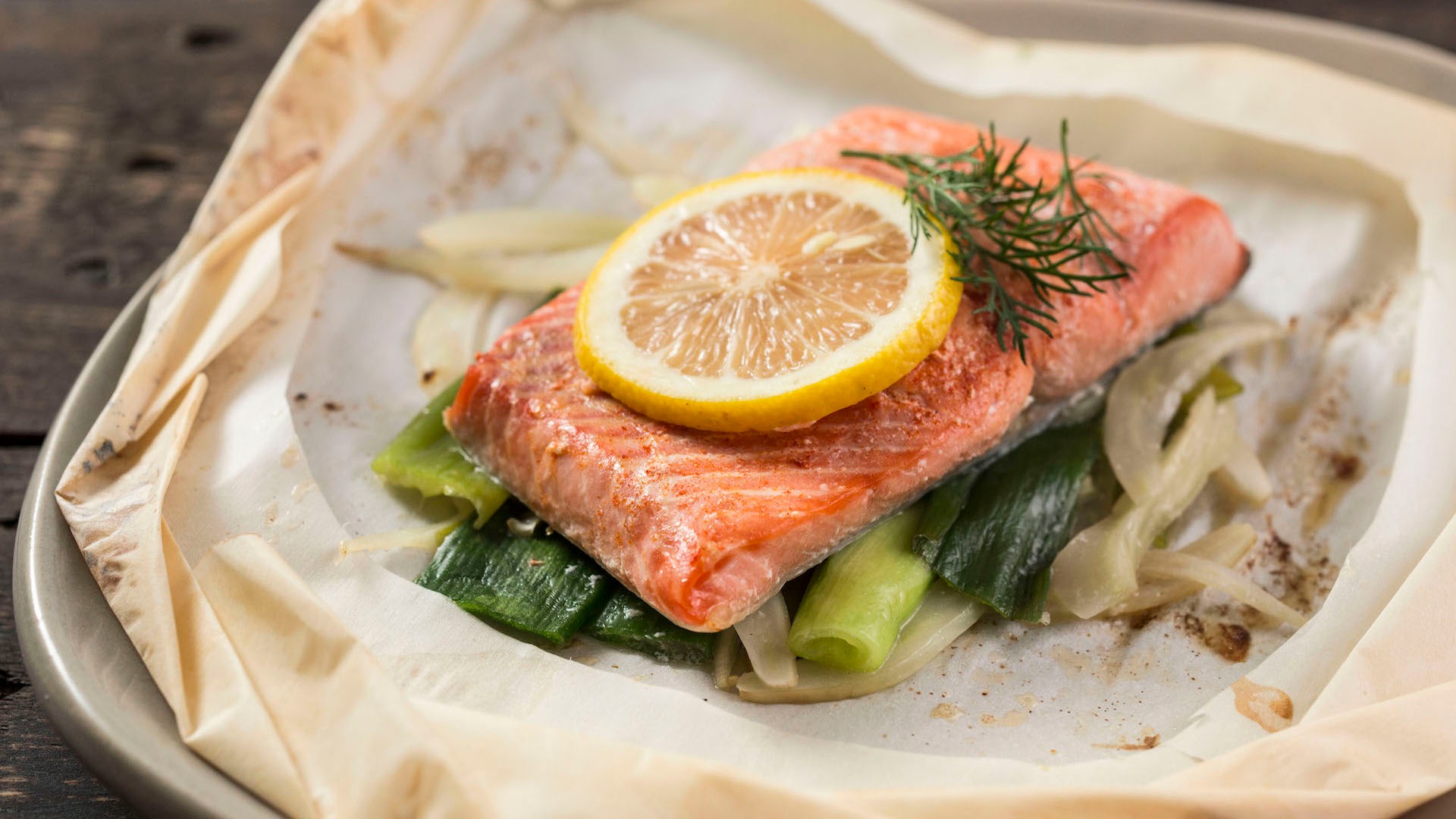Mastering the Art of Poaching Eggs with a Ladle
There’s something undeniably satisfying about cutting into a perfectly poached egg and watching the golden yolk spill out. It’s a simple yet elegant way to enjoy eggs, and with the right technique, you can achieve that restaurant-quality poached egg right in your own kitchen. In this guide, we’ll show you how to poach an egg using a ladle, a method that ensures a beautifully formed egg every time.
What You’ll Need
Before we dive into the poaching process, let’s gather the necessary tools and ingredients:
- Large pot
- Ladle
- Fresh eggs
- Slotted spoon
- Vinegar (optional)
Step 1: Prepare the Water
Fill a large pot with water, about 3 inches deep, and bring it to a gentle simmer over medium heat. Adding a splash of vinegar to the water can help the egg whites coagulate faster, but this step is optional.
Step 2: Crack the Egg
Crack a fresh egg into a small bowl or ramekin. This step ensures that the egg is free from any shell fragments and makes it easier to transfer it into the poaching water.
Step 3: Use the Ladle
Hold the ladle just above the surface of the simmering water and carefully pour the egg from the bowl into the ladle. The ladle helps contain the egg and gives it a uniform shape as it poaches.
Step 4: Lower the Ladle
Gently lower the ladle and its contents into the simmering water, allowing the egg to slide out of the ladle and into the water. Be cautious not to submerge the ladle completely, as this could cause the egg to stick to the ladle.
Step 5: Poach the Egg
Let the egg poach for about 3-4 minutes, or until the whites are set but the yolk is still runny. Use a slotted spoon to carefully remove the poached egg from the water and place it on a paper towel to drain any excess water.
Step 6: Serve and Enjoy
Your perfectly poached egg is now ready to be enjoyed! Serve it on top of toast, alongside a salad, or as a delicious addition to any dish that could use a creamy, yolky touch.
With this simple method using a ladle, you can elevate your breakfast, brunch, or any meal with the luxurious addition of a beautifully poached egg. Practice makes perfect, so don’t be discouraged if your first attempt isn’t flawless. Keep honing your poaching skills, and soon enough, you’ll be poaching eggs like a pro!
More Delicious Poached Egg Recipes to Try
Now that you've mastered the art of poaching an egg using a ladle, why not challenge yourself with a variety of dishes that feature this delicate delight? From the simple yet sublime Avocado Toast with Poached Egg to the more elaborate Eggs Benedict with Hollandaise Sauce, there's a recipe to suit every taste. I recommend starting with the Spinach and Poached Egg Salad for a light, nutritious meal, or if you're feeling adventurous, the Shakshuka with Poached Eggs offers a vibrant, flavor-packed option. Each recipe provides a fantastic opportunity to practice your newfound skill while impressing friends and family with your culinary prowess.
